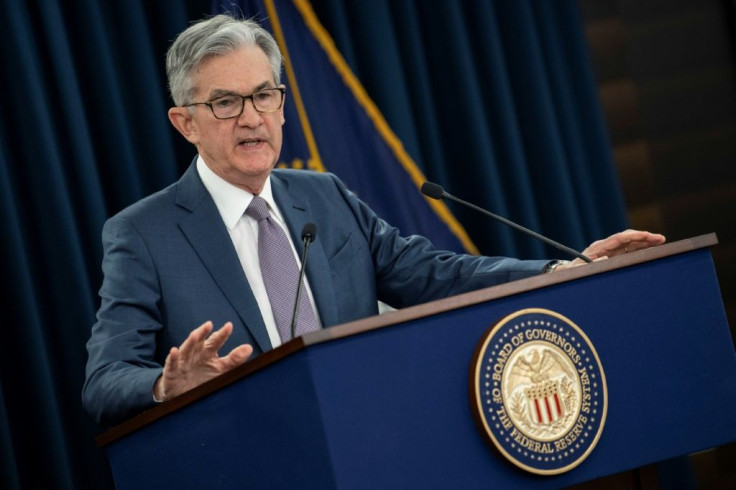Coronavirus Economy: Federal Reserve Eliminates Savings Account Transfer Limits

In yet another example of how the pandemic is transforming the way people conduct business, U.S. bank customers are no longer limited to the number of withdrawals and transfers they can make to and from their savings accounts. On Friday, the Federal Reserve announced it was scrapping such constraints entirely, with its decision being effective immediately.
Previously, the Fed capped the number of these transactions at six per month. This threshold was enshrined in Regulation D, a federal law. Although customers could exceed this number, they were subject to penalties -- at times onerous -- from their banks.
The announcement follows the Fed's abandonment of reserve requirements for bank accounts. It was mandated that banks hold a fraction of the amounts in so-called "transaction accounts" like checking (but not savings), to guard against potential losses.
"The regulatory limit in Regulation D was the basis for distinguishing between reservable 'transaction accounts' and non-reservable 'savings deposits'," the Fed said in a press release heralding its latest move. "The [Federal Reserve] Board's recent action reducing all reserve requirement ratios to zero has rendered this regulatory distinction unnecessary."
The big U.S. banks typically don't break out precise figures for savings accounts. However, since the largest of them have vast amounts of deposits -- Bank of America (NYSE:BAC) , for instance, held almost $1.6 trillion at the end of its first quarter -- it's clear that Americans collectively have vast amounts in savings accounts alone.
This will affect the results of Bank of America and its banking peers; however, since most clients tend to use checking accounts as their main everyday funding source, this impact will likely be limited.
On Friday, Bank of America shares inched up by 1.4%, a gain that was broadly in line with the wider stock market on that day.
This article originally appeared in the Motley Fool.




















